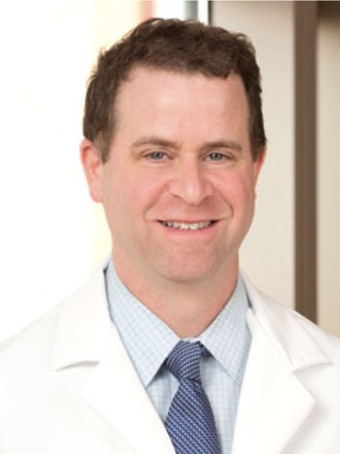
Patients with hypertrophic cardiomyopathy at risk of sudden cardiac death and without pacing indication may be eligible for Subcutaneous Implantable Cardioverter Defibrillator (S-ICD) implantation, according to results of a single-centre study.
Jonathan Weinstock (Cardiac Arrhythmia Center, Division of Cardiology, Tufts Medical Center, Boston, USA) and colleagues also reported that the S-ICD appears effective at recognising and terminating induced ventricular fibrillation at implant in this patient population, with a wide safety margin.
The study, recently published in the Journal of the American Heart Association, is one of the initial few experiences, which explore the use of the S-ICD (Boston Scientific) in hypertrophic cardiomyopathy patients.
“Over the last several decades the implantable cardioverter defibrillator (ICD) has provided high-risk hypertrophic cardiomyopathy patients the only reliable treatment for sudden cardiac death. Relative to the overall ICD population, hypertrophic cardiomyopathy patients are younger and thus have a much longer time period during which ongoing protection for sudden cardiac death is needed,” write Weinstock et al. However, they note that the risk of transvenous ICD lead failure increases over time and that this occurs more commonly in young active patients.
“The S-ICD represents an important evolution in ICD therapy by positioning the lead in the subcutaneous layer of the thoracic cage, thereby avoiding potential complications related to the wear of transvenous leads,” the authors note. Due to this potential benefit for hypertrophic cardiomyopathy young patients and because of the limited data on S-ICD use in this patient population, Weinstock et al undertook this study.
Twenty-seven hypertrophic cardiomyopathy patients identified at risk of sudden cardiac death and without a pacing indication were considered for S-ICD implantation at Tufts Medical Center, between January 2012 and May 2015. After screening for oversensing, 23 remained eligible. At implant, defibrillation threshold (DFT) testing was performed at 65, 50 and 35 joules (J).
Weinstock report that of the 23 patients, seven did not proceed with S-ICD implantation. The mean age among the 16 patients implanted with an S-ICD was 39.6±11.0 years. Three patients were indicated for secondary prevention and 13 patients were indicated for primary prevention, based on the presence of ≥1 of the conventional risk factors.
The authors note that one implanted patient did not undergo DFT testing because of the presence of a left atrial thrombus. In the other 15 patients, S-ICD terminated ventricular fibrillation with a 65J shock. A 50J shock was successful in 12 of 15 and a 35J shock terminated ventricular fibrillation in 10 of 12 patients. “Ventricular fibrillation was detected appropriately by the S-ICD after all inductions, and in no instance was there a significantly delay or lack of detection necessitating external defibrillation,” Weinstock et al highlight. “S-ICD defibrillation failure at 50J was associated with a higher BMI (26.55 [21.50-33.2] vs 33.7 [32.20-37.30]; p=0.025).”
“It is reassuring to find that, based on our data, there is a wider DFT safety margin at implant than had been previously documented in a large S-ICD registry where testing was only performed at 65J. Though potentially important, the actual significance of the width of the DFT safety margin for an individual patient is unclear and could only be answered by longer follow-up in a large cohort of hypertrophic cardiomyopathy patients,” the authors comment.
After a median follow-up of 17.5 months, there were no appropriate shocks and one patient received an inappropriate shock due to a temporary reduction in QRS amplitude while bending forward, resulting in oversensing, despite successful screening, Weinstock et al report.
With the results of this study, the authors conclude, “Our approach is to consider any patient with hypertrophic cardiomyopathy in need of sudden cardiac death protection who does not have a current pacing indication as a candidate for an S-ICD. The majority of hypertrophic cardiomyopathy patients undergoing ICD implant are young, and the younger the patient, the stronger our preference for the S-ICD.”
They add: “Longer-term experience is necessary for further confidence in this system, but the current short-term results are promising.”
Weinstock told Cardiac Rhythm News that the group at Tufts is planning to analise a “continually growing number of hypertrophic cardiomyopathy patients with an S-ICD in the same manner as this initial group and to publish data on the larger group for longer follow-up.”












